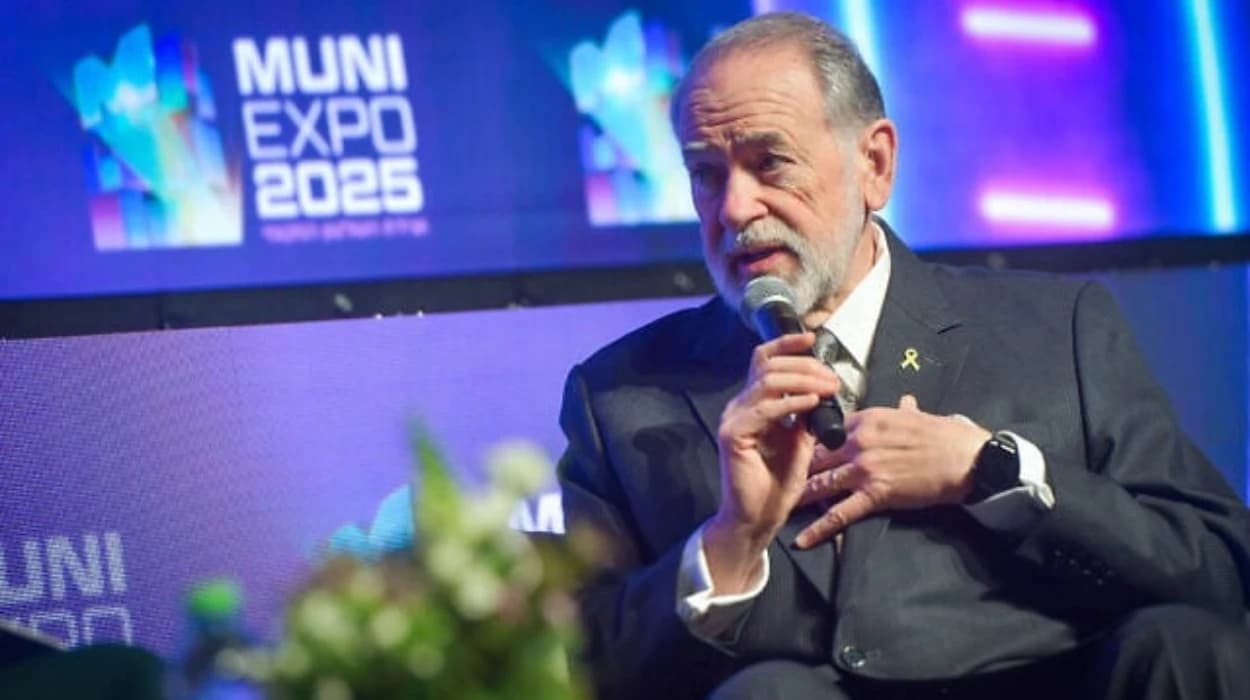Former Arkansas Governor Mike Huckabee recently held a meeting with Palestinian Authority Vice President Mahmoud Al-Aloul in Ramallah, a significant encounter given past US-Palestinian relations. The discussion focused on current affairs in the region and the broader implications for peace. Ramallah, West Bank – Former Arkansas Governor Mike Huckabee engaged in a pivotal discussion with Mahmoud Al-Aloul, Vice President of the Palestinian Authority, in Ramallah. This meeting marks a notable diplomatic interaction amid ongoing complexities in the region.
Who was involved and what happened?
The encounter featured two prominent figures: Mike
Huckabee, a former Republican Governor of Arkansas and a known American
political personality, and Mahmoud Al-Aloul, a key leader within
the Palestinian Authority, serving as its Vice President. The core of their
engagement was a discussion on current affairs pertinent to the region,
although specific details of the discussion's agenda have not been fully
disclosed.
Where and when did this meeting take place?
The meeting occurred in Ramallah, a significant
city in the West Bank that serves as the de facto administrative capital of the
Palestinian Authority. The precise date of the meeting was not specified, but
the news of the encounter has recently emerged, indicating its contemporary
relevance.
Why is this meeting significant?
This meeting carries considerable weight, particularly in
the context of the often-strained relations between the United States and the
Palestinian Authority. As reported by the BBC InDepth, the period
has seen various shifts in US foreign policy, with attention drawn to figures
like Donald Trump and his administration's approach to peace
brokering and international relations . The presence of a prominent
American political figure like Huckabee, engaging directly with a high-ranking
Palestinian official, could signal various possibilities, from informal
diplomacy to fact-finding missions.
Journalism practices dictate that understanding the
"why" behind an event is crucial for comprehensive reporting . In
this instance, the significance stems from the potential implications for
future US-Palestinian interactions, however unofficial this meeting might have
been. It occurs at a time when, as BBC InDepth highlights,
there are ongoing global discussions on geopolitical alliances and evolving
international dynamics .
Broader Implications
The meeting between Huckabee and Al-Aloul could be
interpreted in several ways. On one hand, it might be seen as an effort to
maintain lines of communication between American political figures and the
Palestinian leadership, even outside official governmental channels. This
informal diplomacy can sometimes pave the way for future official engagements
or at least foster better understanding.
On the other hand, the meeting could also be viewed as a
private initiative by Governor Huckabee to gain direct insights into the
Palestinian perspective on regional issues. This aligns with a journalistic
principle of seeking diverse sources and ensuring balance, especially on
contentious subjects, as noted by the BBC Bitesize guide to
news writing .
The current geopolitical landscape, as described by
the Financial Times in its Special Reports, is characterised
by a world of shifting political priorities and evolving international
relationships . Against this backdrop, any direct engagement between
American and Palestinian figures, regardless of official capacity, warrants
attention.
How does this fit into the historical context of US-Palestinian relations?
The history of US-Palestinian relations has been complex,
marked by periods of engagement, disengagement, and various peace initiatives.
Former President Trump's administration, as discussed by BBC InDepth,
had its own distinctive approach to the region, which included attempts at
peace brokering . These efforts often involved direct engagement with
Israeli and, to a lesser extent, Palestinian leadership.
The meeting in Ramallah could be seen as an echo of past efforts or a new, albeit unofficial, attempt to bridge divides. The Reuters Institute's Digital News Report 2025 executive summary notes that the current era is one of
"deep political and economic uncertainty, changing geo-political alliances,"
which certainly applies to the Middle East .
For a news story, it is essential to cover the "5 Ws
and 1 H" – Who, What, Where, When, Why, and How – to provide a
comprehensive understanding . While the "How" of this
meeting (the specific methods of dialogue and the detailed outcomes) remains
less clear from the initial reports, the fact of the meeting itself, its
participants, and its location are concrete.
What might be the future repercussions?
While it is too early to determine the long-term impact of
this specific meeting, it undoubtedly adds another layer to the intricate
tapestry of Middle Eastern diplomacy. Such interactions, even if not official,
contribute to the ongoing dialogue and understanding (or misunderstanding)
between different parties.
As journalists, the aim is to present information clearly
and concisely, prioritising important details, a principle known as the
inverted pyramid structure in news writing . This means starting with
the most critical information and then providing supporting details. In this
instance, the core news is the meeting itself. The implications and historical
context provide the deeper layers of understanding.
The presence of an American political figure in Ramallah,
engaging with the Palestinian Authority's Vice President, will likely be noted
by various international observers and could influence future discussions and
approaches to peace in the region.
